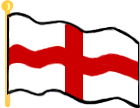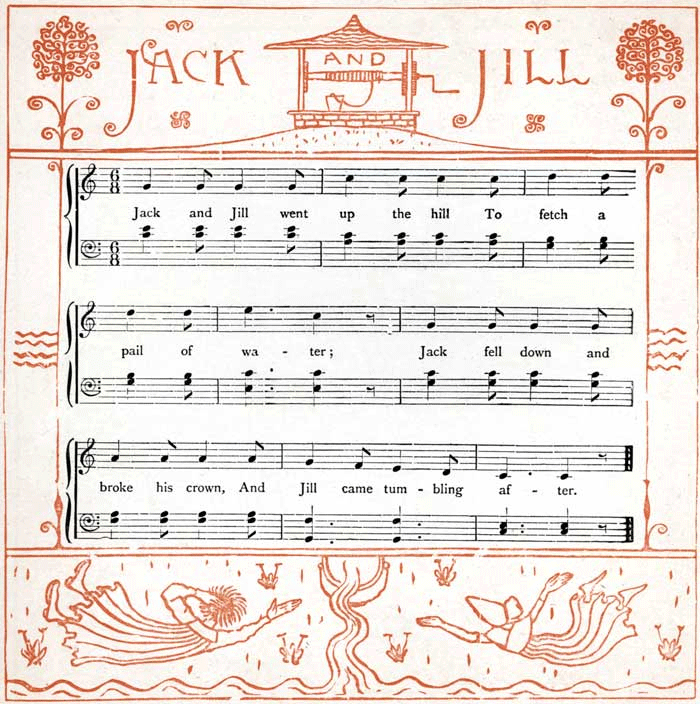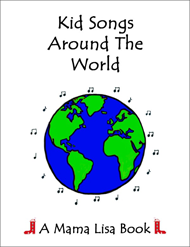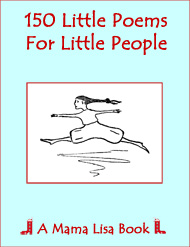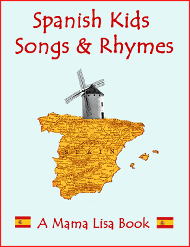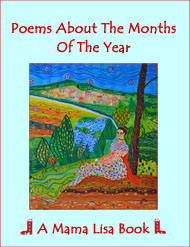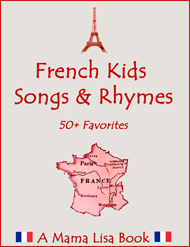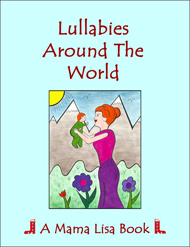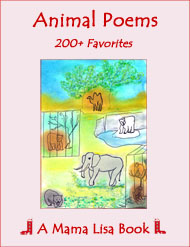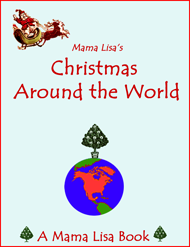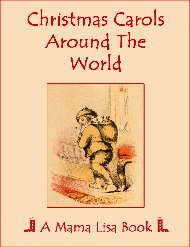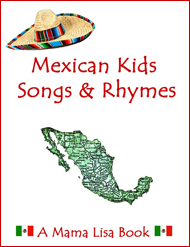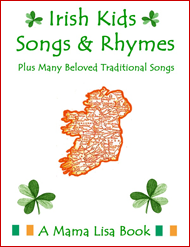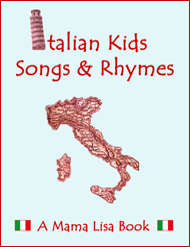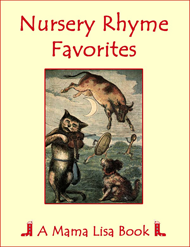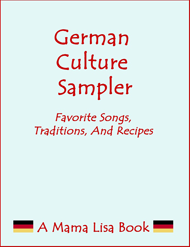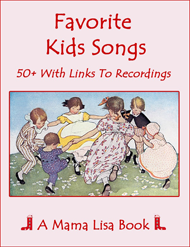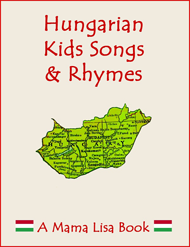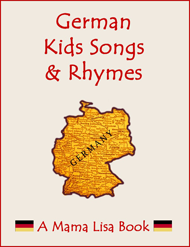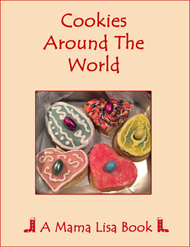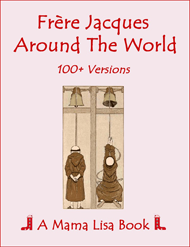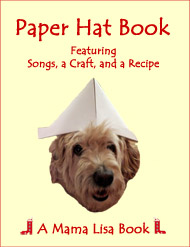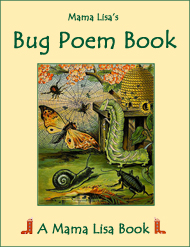Jack and Jill
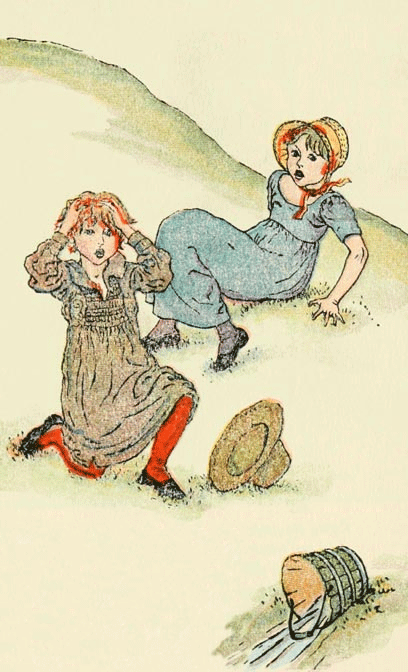
Jack and Jill
Nursery Song
Jack and Jill went up the hill
To fetch a pail of water.
Jack fell down and broke his crown,
And Jill came tumbling after.
Then up Jack got and home did trot
As fast as he could caper;
To Old Dame Dob who patched his nob
With vinegar and brown paper.
Notes
Here's the version in the mp3:
Jack and Jill went up the hill,
To fetch a pail of water;
Jack fell down, and broke his crown
And Jill came tumbling after.
Up Jack got and home did trot
As fast as he could caper;
Went to bed to mend his head
With vinegar and brown paper.
Jill came in and she did grin,
To see his paper plaster,
Mother, vexed, did whip her next,
For causing Jack's disaster.
Here's a different version of Jack and Jill from The Little Mother Goose (1912), illustrated by Jessie Willcox Smith:
Jack and Jill went up the hill,
To fetch a pail of water;
Jack fell down and broke his crown,
And Jill came tumbling after.
Up Jack got and home did trot,
As fast as he could caper;
Dame Jill had the job to plaster his knob,
With vinegar and brown paper.
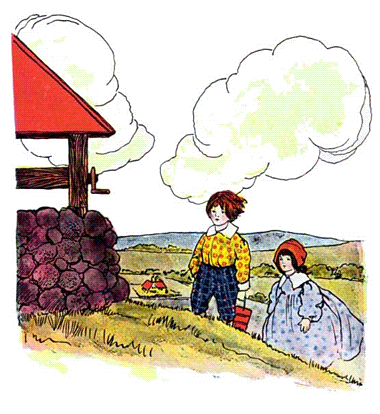
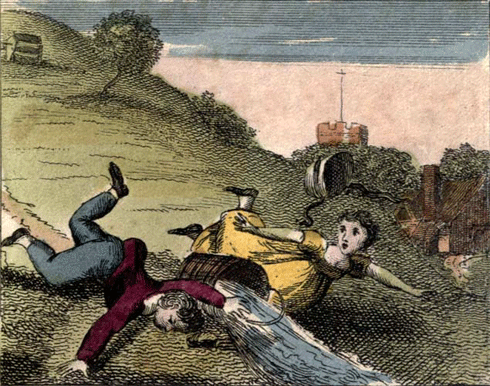
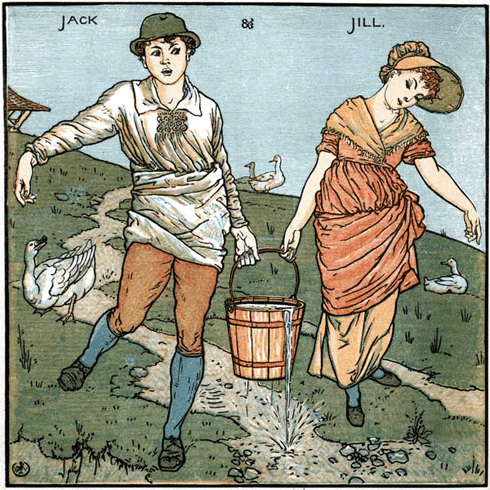
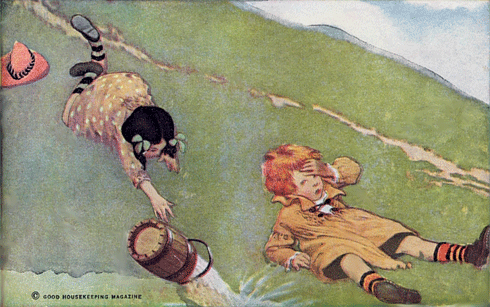
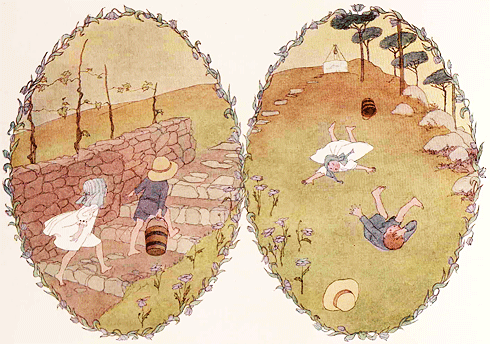
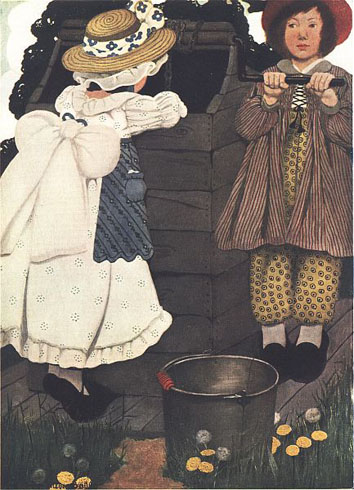

2nd mp3 performed by 17 talented university student musicians who were sisters in the Sigma Alpha Iota International Music Fraternity for Women at California State University-Stanislaus in 2007. The musical score the recording is based on comes from Our Old Nursery Rhymes (1911) arranged by Alfred Moffat.
The 3rd recording is from Librivox's "Mother Goose's Party".
Thanks and Acknowledgements
The 1st illustration comes from Kate Greenaway's Mother Goose (1881). The 2nd illustration is from The Real Mother Goose (1916), illustrated by Blanche Fisher Wright. The 3rd illustration is from Jack and Jill and Old Dame Gill (1806). The 4th illustration, the score and midi all come from The Baby's Opera by Walter Crane (circa 1877), with a little graphical editing by Lisa Yannucci. The 5th illustration is from The Little Mother Goose (1912), illustrated by Jessie Willcox Smith. 6th illustration is by H. Willebeck Le Mair from Our Old Nursery Rhymes (1911), arranged by Alfred Moffat. The last illustration comes from "Favorite Nursery Rhymes" (1906), illustrated by Ethel Franklin Betts.


